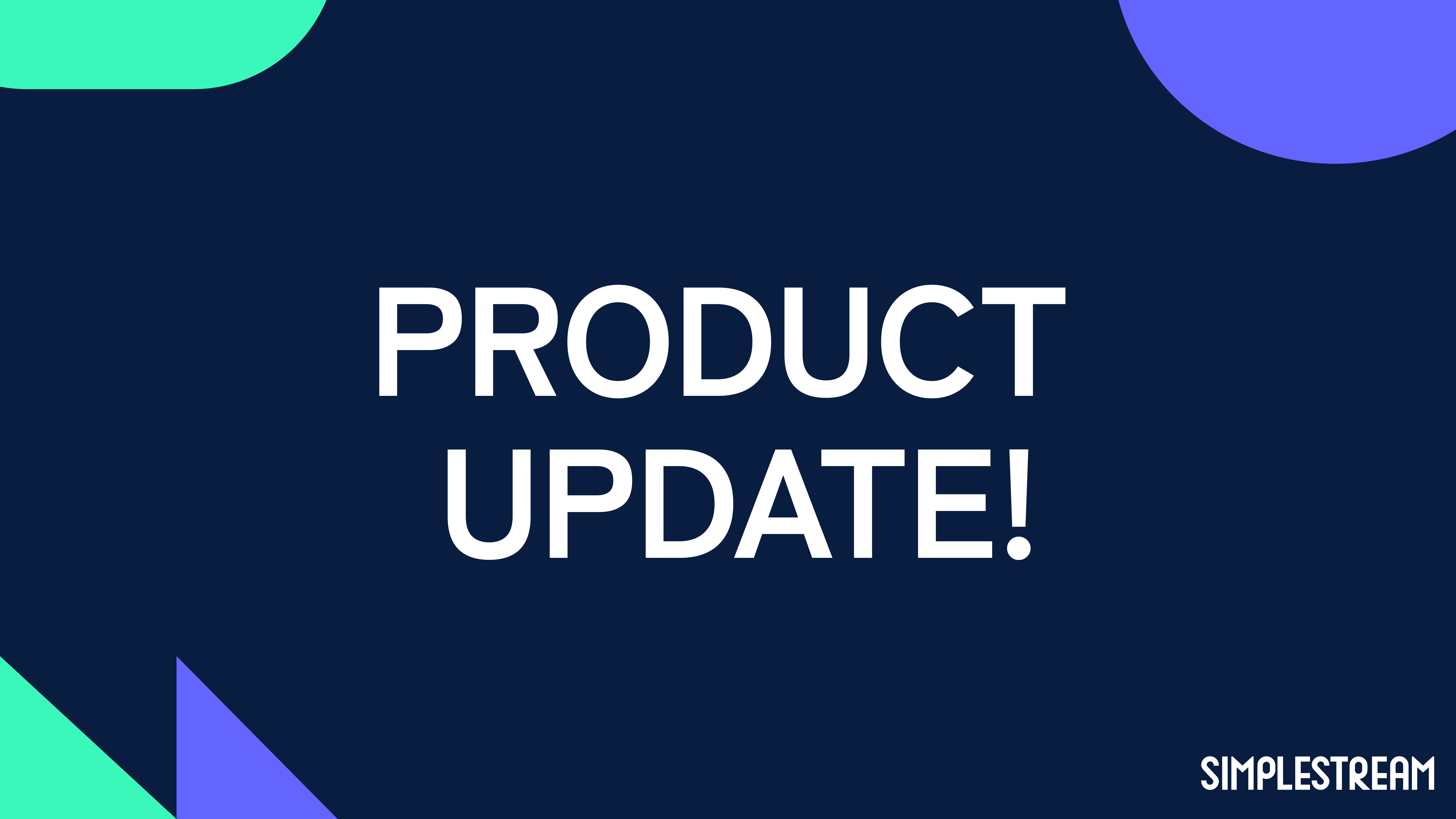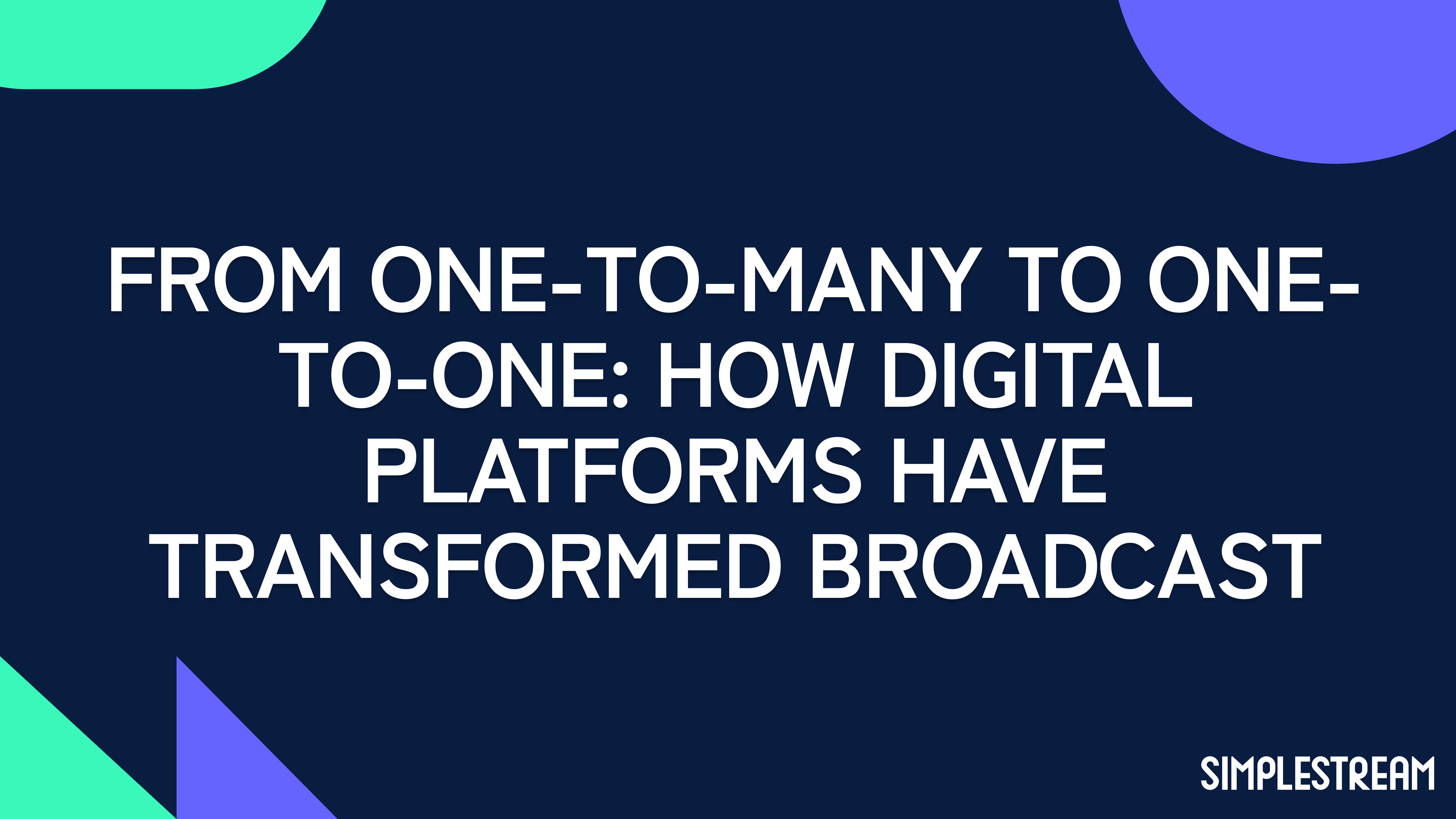Cloud vs. On-Premise encoding: how to make your business take flight
Comparing Cloud and On-Premise video encoding: which is the most cost-effective and scalable solution for your OTT or streaming service?
Keeping up with your competition in OTT or streaming involves far more now than it did just a few years ago. Consumers have grown to expect the best features as a given when it comes to their video experience, and rightly so. Technology improves quickly in this industry, but you need not look far into the past to remember when low-latency buffer-free videos were not the standard customers would expect from every OTT or streaming service. Cloud-based services now play a key role in providing this for your customers, and it all starts with your video encoding options.
Infrastructure, cost, scalability, and many other factors play an important role in deciding whether you opt for Cloud or On-Premise video encoding for your service, which is why we’re going to cover both in detail to help you make an informed choice.
On-Premise, with promise 🔒
On-Premise encoding involves using a hardware encoder to process and encode video locally, either on your own premises or in another location. The benefits include increased security, complete control over your content, and increased uptime as you don’t rely on internet connectivity to access your encoder. However, deciding to set up on-premise also means that your costs can run exponentially higher as hardware can be very expensive, not to mention the ongoing costs of license renewal and maintenance. It’s essentially playing the long game as your total cost of ownership can pay off over time when compared to cloud-based options, so if you were operating on a capital expenditure (CapEx) model this could work well for your business. Hardware has its limitations though, so when you’ve reached capacity for your encoder, how do you scale up? You’re also limited to the number of encoders you purchase if there are any issues with the hardware itself, especially if you don’t have any failover options for downtime as a result.

Cloud-based flexibility 🤝
Cloud-based encoding allows you to process and encode video in the cloud, with your only limitation being the speed of your internet connection. Unlike the higher cost associated with on-premise – cloud-based computing requires no upfront costs and instead can be part of your monthly operational expenditure (OpEx), without any of the ongoing license renewal and maintenance costs associated with on-premise. Flexibility is also a key differentiator for cloud encoding, with the ability to scale up and down the encoding required without having to make any expensive changes to hardware and can be absorbed simply in your OpEx costs. You can also adjust your input source format at the touch of a button when utilising cloud-based encoding, whereas you would be stuck with the hardware configuration you buy in the short to medium term with on-premise.
Which should you choose?
If you want the most flexibility and redundancy available, then cloud encoding is the way to fly. For example, if you had multiple input sources for a channel and one of these stops working, it will failover to the next available source, reducing the downtime of that channel. Similarly, with multi-region support you have the same redundancy created by having failover options to ensure your channel doesn’t drop out in any region. For the ultimate option of configuration and scalability, you need not look further than the cloud.
Interested in learning more about building the best OTT or streaming service? Get in touch with us here.


